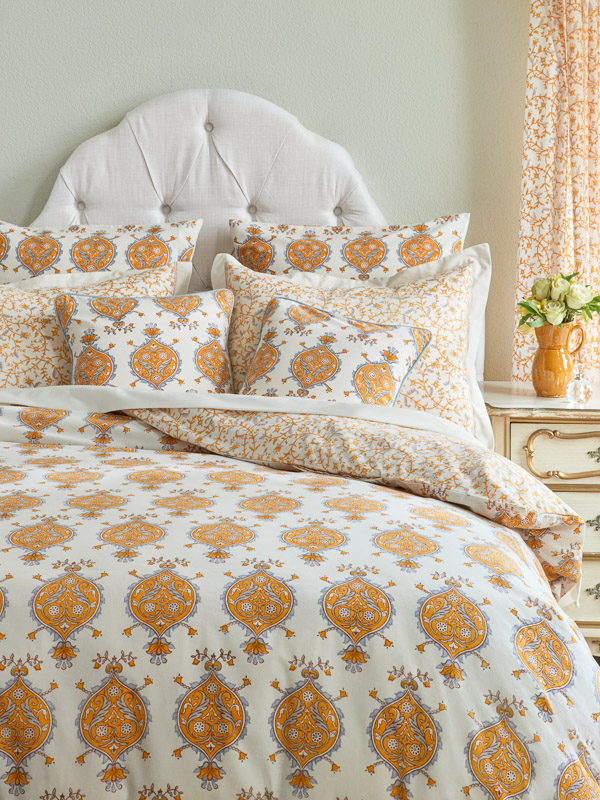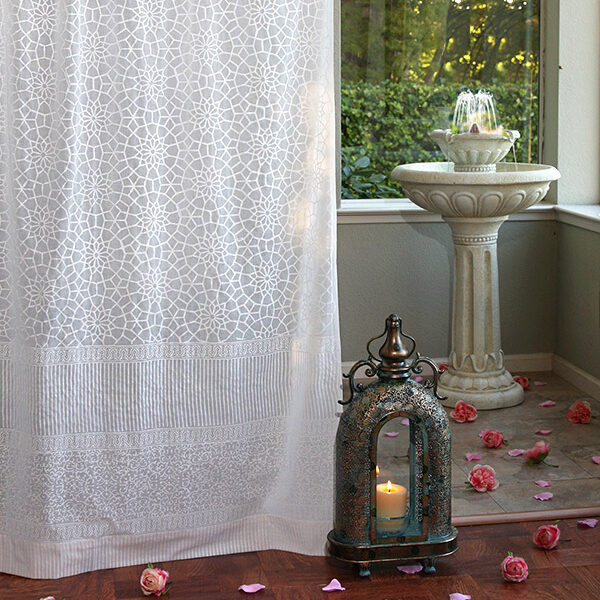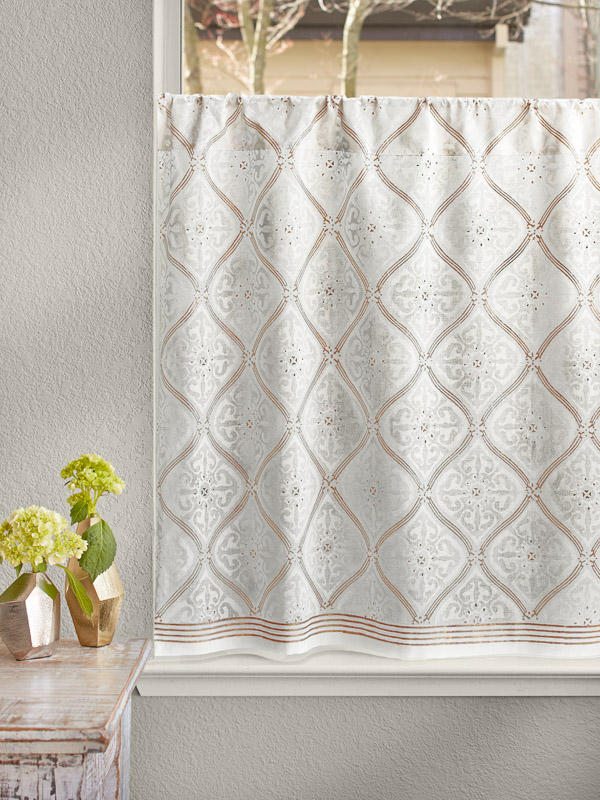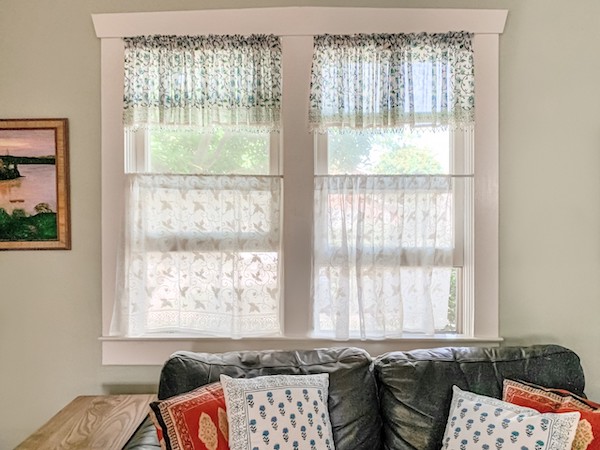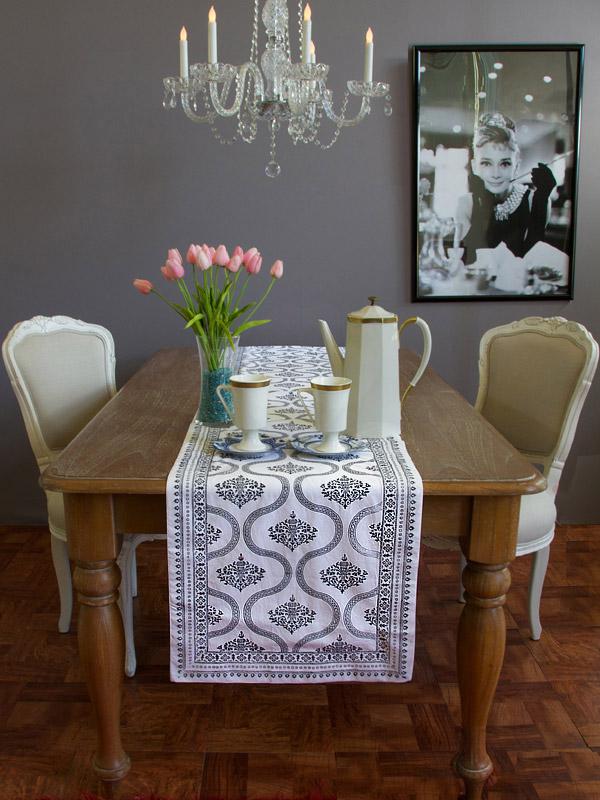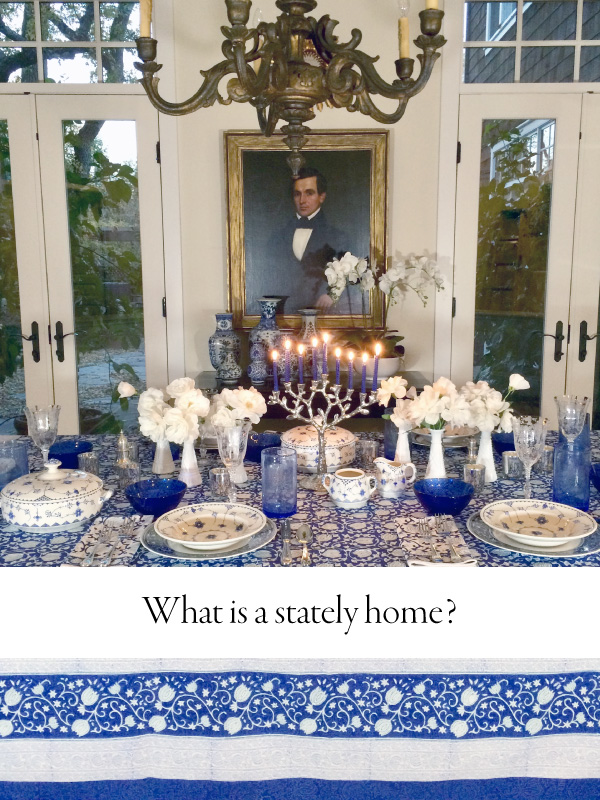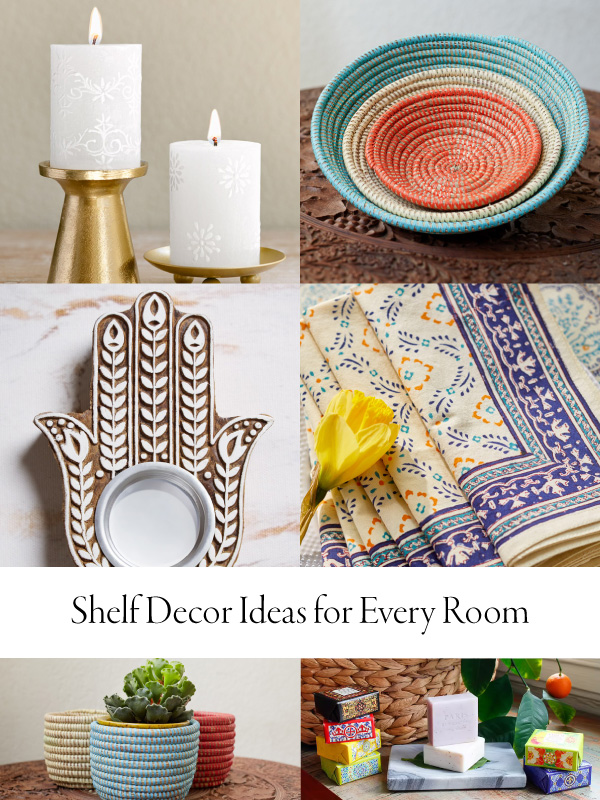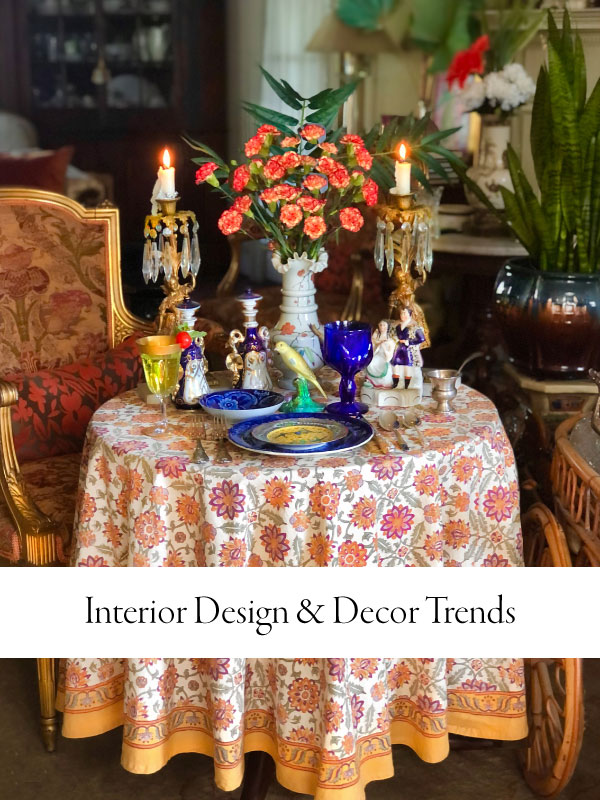Transitional decor is a fusion of the classic charm of traditional style and the contemporary cool aesthetic of modern design. It’s the art of blending timeless elegance with modern simplicity, creating a space that feels both personable and stylish. Dive into our guide if you’re looking to curate your own spaces inspired by transitional interior design.
Table of Contents
- What is transitional interior design?
- Traditional vs. Modern Design
- Characteristics of Transitional Interior Design
- How to Achieve a Transitional Look
- Common Challenges and Solutions in Transitional Design
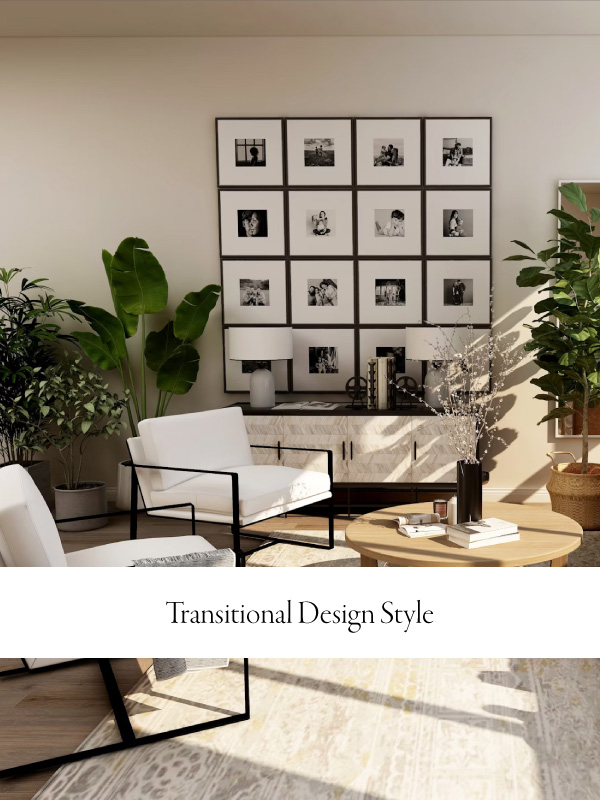
What is transitional interior design?
With transitional style, you get the best of both worlds – a nod to the classics and a taste of the present. Think neutral tones, a harmonious mix of furniture styles, and a touch of rich texture for that inviting, yet refined vibe.
Traditional vs. Modern Design
Transitional design is a nuanced style that seamlessly blends the unique characteristics of traditional and modern design. Let’s explore the distinctions that set these two styles apart.
Traditional design (18th and 19th centuries)
Traditional design is all about comfort and elegance. It evokes warmth and familiarity, but it is also rooted in opulence and visual allure. In a traditional style living room, for example, you can find a plush, upholstered sofa that beckons you to repose and a jaw-dropping antique portrait in a gilded frame.
A traditional style room:
- Visually ‘busy’ approach to decorating
- Heavy, regal furniture (e.g. scalloped coffee tables, clawfoot tubs)
- Dark woods (mahogany, maple, cherry)
- Jewel tones and dark warm tones (Blues, reds, browns)
- Brocade fabrics and luxurious upholstery (Typically ornate designs)
Modern Design (1930s to 1960s and beyond)
Modern design embodies the art and economic revolutions of the time, influenced by industrialization and materials like steel, glass, and leather. It incorporates minimalism, natural light, and no-fuss decor. In a modern style living room, you can enjoy relaxing on an upholstered Mid-Century sofa and admiring a large, abstract painting mounted on your wall.
A modern style room:
- Minimalist approach to decorating
- Low, long furniture in various materials (wood, glass, chrome, concrete, steel)
- Natural woods (Typically light, e.g. pine, American white oak, birch)
- Monochromatic color palettes
- Contemporary patterns (Typically large scale designs)
Key Characteristics of Transitional Interior Design
Let’s review the essential design elements that make up a transitional home.
Balancing traditional and contemporary elements
Achieve a transitional style by blending classic furniture pieces with modern accents like sleek light fixtures or abstract art.
Color schemes
Transitional design homes feature a subtly neutral palette with strategic use of pops of color. These accent colors are more common in spaces that are also influenced by contemporary style.
- Neutral tones with pops of color: Greiges, Warm whites, Light stone blues
- Soft and muted hues: Muted blues and teals, Misty grays, Soft sandy hues
In smaller rooms such as the bathroom or your home office, feel free to experiment with more daring neutrals like dark blue.
Focus on comfort and functionality
This is the best area to incorporate traditional elements such as comfortable seating arranged symmetrically, classic light fixtures such as sconces and chandeliers, and large, sumptuous beds.
Modern style also makes transitional style homes feel more comfortable. Low furniture, large windows, lush fabrics, and clutter-free spaces will make your transitional room feel all the more inviting.
Merging different textures and materials
The key to perfecting the transitional style is layering. This is especially crucial when it comes to layering your accents. Textures should incorporate fabrics/materials such as leather, cotton, tweed, raw silk, corduroy, denim, and suede.
Metallic or mirrored accents (non-lacquered brass, wrought iron) and warm-toned woods bring organic texture into your transitional style home.
Furniture choices
When selecting furniture and decor for your transitional style home, try to keep element styles or eras to 3-4. For instance, you might incorporate Victorian-inspired end tables and coffee tables, Mid-Century Modern seating, and contemporary window coverings.
- Blending traditional and modern pieces: Choose comfortable modern furniture mixed with a touch of traditional charm. For example, a traditional wooden end table with claw legs paired with a Mid-century Modern sofa with wooden legs in a similar color.
- Clean lines and simple shapes: Transitional furniture have clean, streamlined silhouettes. They are a mix of straight and curved lines, though more contemporary-influenced homes favor curved edges.
Wooden furniture are often warm to dark brown. Metallic accents include stainless steel, nickel, wrought iron, and brass.
Tips for choosing furniture
- Make sure furnishings are the same scale except for statement pieces such as a canopy bed.
- Combine sleek furniture with traditional accents.
- Mix curved and straight lines.
- Keep furniture tonal with spare use of accent colors.
- Ensure furniture is harmonious; one element does not stick out above the rest.
How to Achieve a Transitional Look
Discover transitional design inspiration with these decor ideas.
Transitional Living Room Ideas
Embrace transitional charm by blending traditional elements like a wooden coffee table with modern accents such as a woven pendant lamp shade.
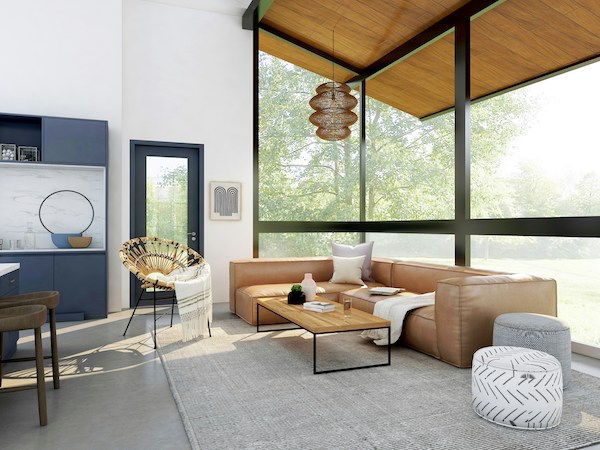
Furniture arrangement and selection
A transitional living room incorporates traditional elements by providing plenty of seating. Often, you’ll find symmetrical furniture arrangements in a transitional living room with a sofa facing two armchairs. A pair of ottomans or another sofa might take the place of the armchairs, but no matter what, the scale of the sitting furniture and tables are roughly all the same to preserve the air of harmony in a transitional living room.
A coffee table is essential, while an end table is optional. Wall art, decor on the coffee table, and statement lighting complete your transitional living room.
Color palette and accessories for transitional interior design
When choosing transitional living room furniture, a simple color palette is best. Keep the tonal approach to mind. For example, your sofa’s upholstery should ideally match other elements in the living room such as the curtains or the wall paint.
Materials should also bear the same tone—for example, a gray sofa with stainless steel legs or a brown leather ottoman next to a wooden coffee table in the same brown.
Transitional Bedroom Ideas
Revitalize your bedroom by featuring antique-inspired furnishings juxtaposed with bold geometric patterns and metallic accents.
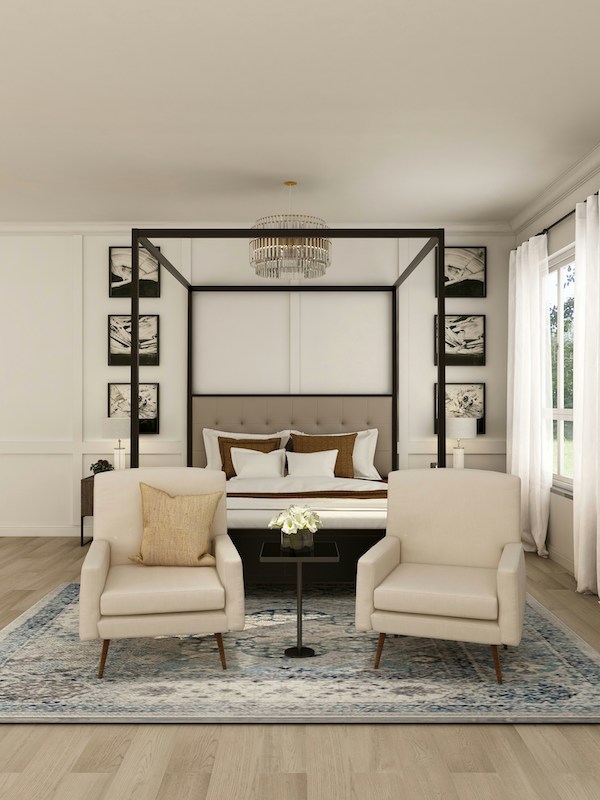
Bedding and furniture choices for transitional interior design
In a traditional bedroom, the bed takes center stage, exuding undeniable luxury. Transitional design often showcases opulent headboard styles such as serpentine, upholstered, square corner, and four-poster designs. Upholstered beds may include a matching foot bench—perfect for transitional style. An accent chair may be placed near the bed in an accent color or in a similar tone.
For the bedding, the focus is on evoking elegant comfort. Keep it traditional with a row each of king pillows, euros, and decorative throws—or any variation of this arrangement. The key is to layer tones and textures. You can add more color by layering your duvet with a throw or quilt. A spare throw on the foot bench adds to the luxe feel of a transitional bedroom.
Additional furnishings like dressers, side tables, and wardrobes often complement each other in a coordinated set. Opting for thin or tapered legs maintains a timeless appeal.
Lighting and decor elements
A mainstay in transitional bedrooms, a large mirror adds depth and elegance. Metallic accents, whether in wall sconces, table lamps, or furniture legs, enhance the room’s sophistication. Consider upgrading a traditional wall hanging for a statement light fixture.
Ground the bed and surrounding furniture with a tonal or subtly patterned rug. Opt for neutral window coverings or ones that match your color accent. Add a touch of freshness by placing a flower vase to your wardrobe and/or side tables, and keep clutter away with a modern mirrored tray.
Wall art is understated and contribute to your calm, yet elevated transitional bedroom aesthetic.
Transitional Kitchen and Dining Area Ideas
Transitional dining rooms and kitchens are dedicated to function, but they also emphasize a richness found in this design style.
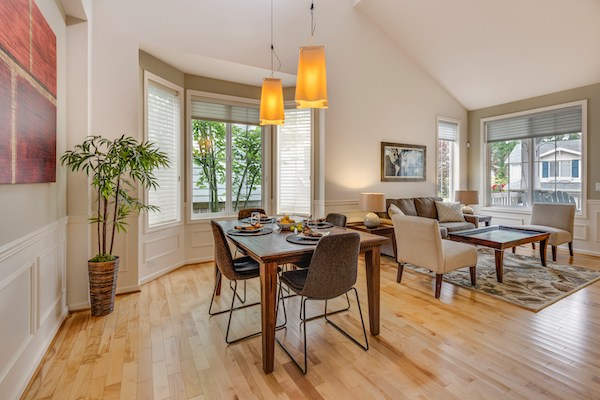
Blending traditional and modern dining room elements
In a traditional dining room, an even number of chairs accompanies a stately table, complemented by a grand light fixture and typically a dark wood a buffet or display feature. Conversely, a modern dining room features sleek furniture, a statement light fixture, a restrained color palette, and ample natural light.
A transitional dining room, then, must have a statement light fixture over the table, simple table decor, and tonal furniture that blend straight and curved lines. Though optional, wall art and a buffet serve to harmonize the space.
Blending traditional and modern kitchen elements
A traditional kitchen incorporates old-fashioned elements such as classic wooden cabinetry and detailing, an island, marble tops, and display shelves. Similarly, a modern kitchen retains wooden cabinetry, but opts for smooth, unadorned panels, along with features like an island with bar seating and sleek, minimalist finishes.
In contrast, a transitional kitchen combines elements of both styles, featuring an island with luxe seating in Mid-Century modern or modern styles, monochromatic cabinetry, and statement lighting over the island. The kitchen employs a two-tone color scheme: one for the wooden elements and the walls, and one for the accents such as the lights, seats, and shelving.
Kitchen furniture and decor
Mix curved and straight lines in your kitchen for maximum transitional design impact. For example, you might choose straight drawer pulls and a geometric pendant light, while your island bar seats may have softer, rounded edges.
Challenges and Solutions in Transitional Interior Design
Transitional design involves blending elements from different styles, which can present several challenges.
Common pitfalls to avoid for transitional interior design
Here are some common mistakes to avoid.
- Furniture that is too big or too small.
- Furniture that clash in color and/or size.
- Colors that are too bright or saturated.
- Arranging furniture in a way that does not feel harmonious.
- Too many accents or decor elements.
- Choosing decor or furniture pieces that do not complement the rest.
Tips for avoiding transitional interior design challenges
Take a look at these potential solutions to common transitional design pitfalls.
- Use furnishings of the same scale except for statement pieces (e.g. canopy bed) to create balance.
- Opt for neutral colors and simple lines as a base, then layer in accents from each style gradually.
- Choose a unifying element such as a color palette or texture to tie different rooms/spaces together.
- Edit your interior decor and prioritize items that serve both functional and aesthetic purposes.
Wrapping up: transitional design principles
Transitional design seamlessly merges traditional and modern elements, achieving a balanced and timeless aesthetic. Key principles include a focus on comfort, neutral color palettes, and the careful blending of clean lines with refined details. Texture and pattern play pivotal roles, while furniture choices harmonize diverse styles, creating spaces that are inviting, sophisticated, and enduring.
Let the principles of comfort, balance, and versatility guide your creativity, transforming your home into a sanctuary that resonates with both classic charm and modern allure. The beauty of transitional design lies in its adaptability—allow it to inspire your own personalized aesthetic journey.


